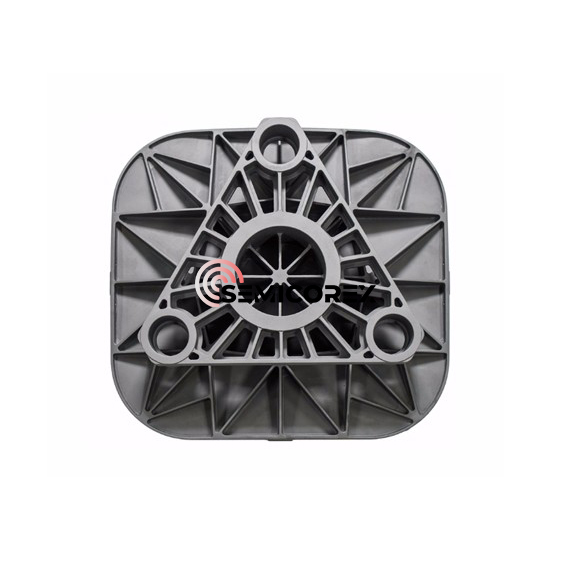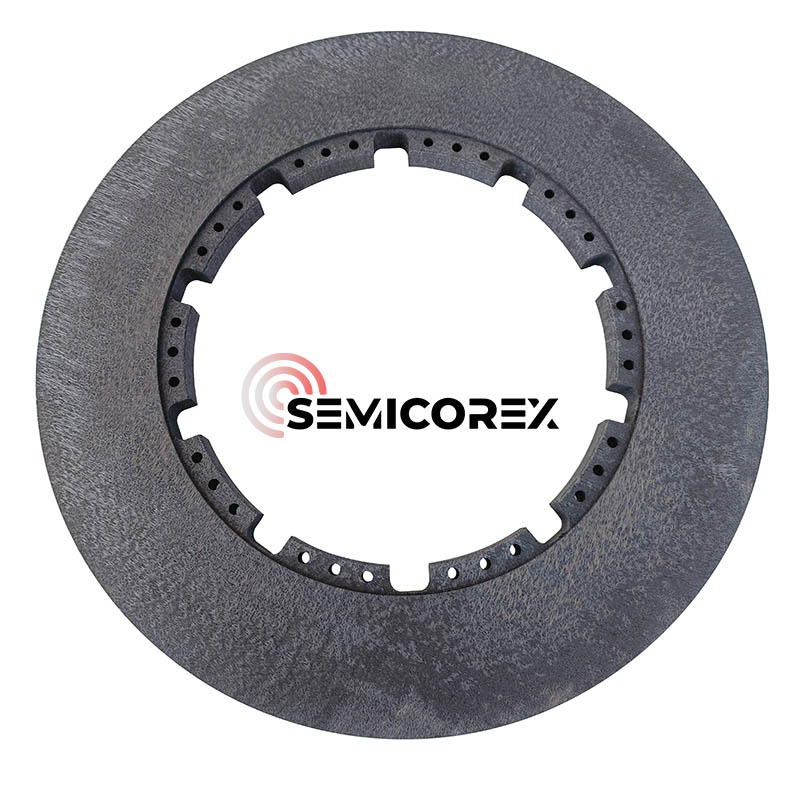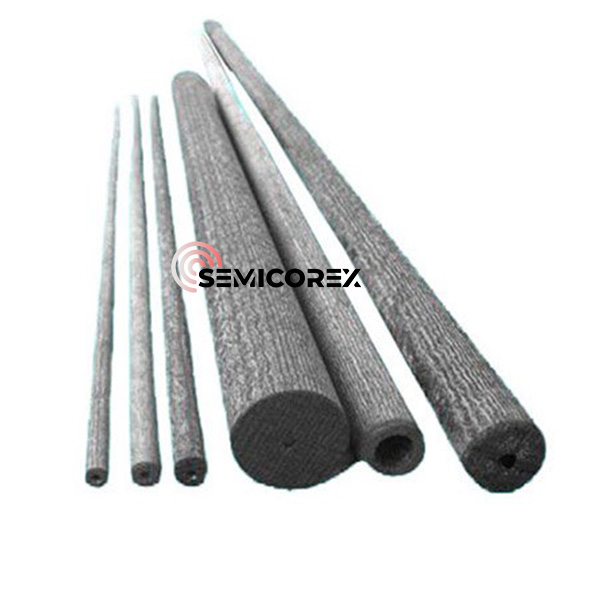
- English
- Español
- Português
- русский
- Français
- 日本語
- Deutsch
- tiếng Việt
- Italiano
- Nederlands
- ภาษาไทย
- Polski
- 한국어
- Svenska
- magyar
- Malay
- বাংলা ভাষার
- Dansk
- Suomi
- हिन्दी
- Pilipino
- Türkçe
- Gaeilge
- العربية
- Indonesia
- Norsk
- تمل
- český
- ελληνικά
- український
- Javanese
- فارسی
- தமிழ்
- తెలుగు
- नेपाली
- Burmese
- български
- ລາວ
- Latine
- Қазақша
- Euskal
- Azərbaycan
- Slovenský jazyk
- Македонски
- Lietuvos
- Eesti Keel
- Română
- Slovenski
- मराठी
- Srpski језик
Aircraft Brakes disc
Semicorex Aircraft Brakes Disc is made of carbon-carbon composites, can withstand high temperature when heavy braking of aircraft, also with good performance of wear level. Semicorex is committed to deliver the high-quality products to worldwide.*
Send Inquiry
Semicorex aircraft brakes disc is not big, but it is one of the essential components in the airplane, it is same important with the “heart” engine and the “brain” fly controller. The same as the principle of auto’s brake, only the heat resistance of aircraft’s brakes requires higher, and it typically uses multi-disc braking system. The brakes on the wheels provide the majority of the deceleration effect, converting the aircraft's enormous kinetic energy into the internal energy of the aircraft brakes disc. When the aircraft encounters an emergency during high-speed taxiing and needs to abort takeoff, the emergency braking puts the brake discs under even more severe testing, causing them to heat up rapidly to a red-hot state.
Aircraft braking systems (except for the Boeing 787) generally employ hydraulic braking technology. The engine powers a hydraulic pump, which converts low pressure to high pressure and transmits this pressure to the brake actuators via hydraulic lines. The brake actuators push and press against the aircraft brakes disc, and the friction between the discs provides a torque to prevent the wheels from rolling, thus reducing the aircraft's takeoff speed.

This sounds simple, but it's actually quite complex. Because aircraft land at high speeds, they contain enormous amounts of energy. According to the law of conservation of energy, the aircraft needs to rely on thrust reversers and braking systems to absorb this enormous energy (aerodynamic drag also helps) to bring the aircraft to a stop. During the friction process, the aircraft brakes disc converts most of the aircraft's kinetic energy into heat energy; therefore, the operating temperature of the brake discs is at least several hundred degrees Celsius.
Furthermore, aircraft braking systems are designed to account for many unforeseen circumstances that may occur during operation, placing even higher demands on the brake discs. For example, what if an aircraft encounters a sudden situation while taxiing at high speed on the runway preparing for takeoff and needs to abort takeoff? Or what if an aircraft discovers a system malfunction shortly after takeoff and needs to return, but the flaps and slats cannot fully deploy at this time? In the event of these unforeseen circumstances, the aircraft brakes disc needs to absorb significantly more energy than during a normal landing.
The materials used to manufacture aircraft brakes disc must withstand both friction and high temperatures. What material can meet these requirements? The answer is carbon carbon composite materials. Early aircraft used powder metallurgy steel brake discs, which suffered from drawbacks such as heavy weight, poor high-temperature performance, and short lifespan. In comparison, carbon/carbon composite brake discs offer superior performance and are 40% lighter than steel brake discs (for large aircraft with multiple wheels, this translates to hundreds of kilograms or even tons of weight reduction), thus gaining widespread application.
Carbon/carbon composite materials are composite materials composed of carbon fiber as the skeleton and carbon as the matrix. The carbon fibers can be in the form of a continuous three-dimensional framework or randomly distributed short chopped fibers; the carbon matrix is obtained by impregnating resin or carbonizing pitch, or by pyrolysis and deposition of hydrocarbon gases (such as natural gas or propane).
After decades of research, carbon/carbon composite materials produced by modern processes have acquired characteristics such as high specific strength, high specific modulus, high temperature resistance, and excellent friction and wear properties, which can well meet the comprehensive performance requirements of aerospace materials under high temperature and high speed conditions.














